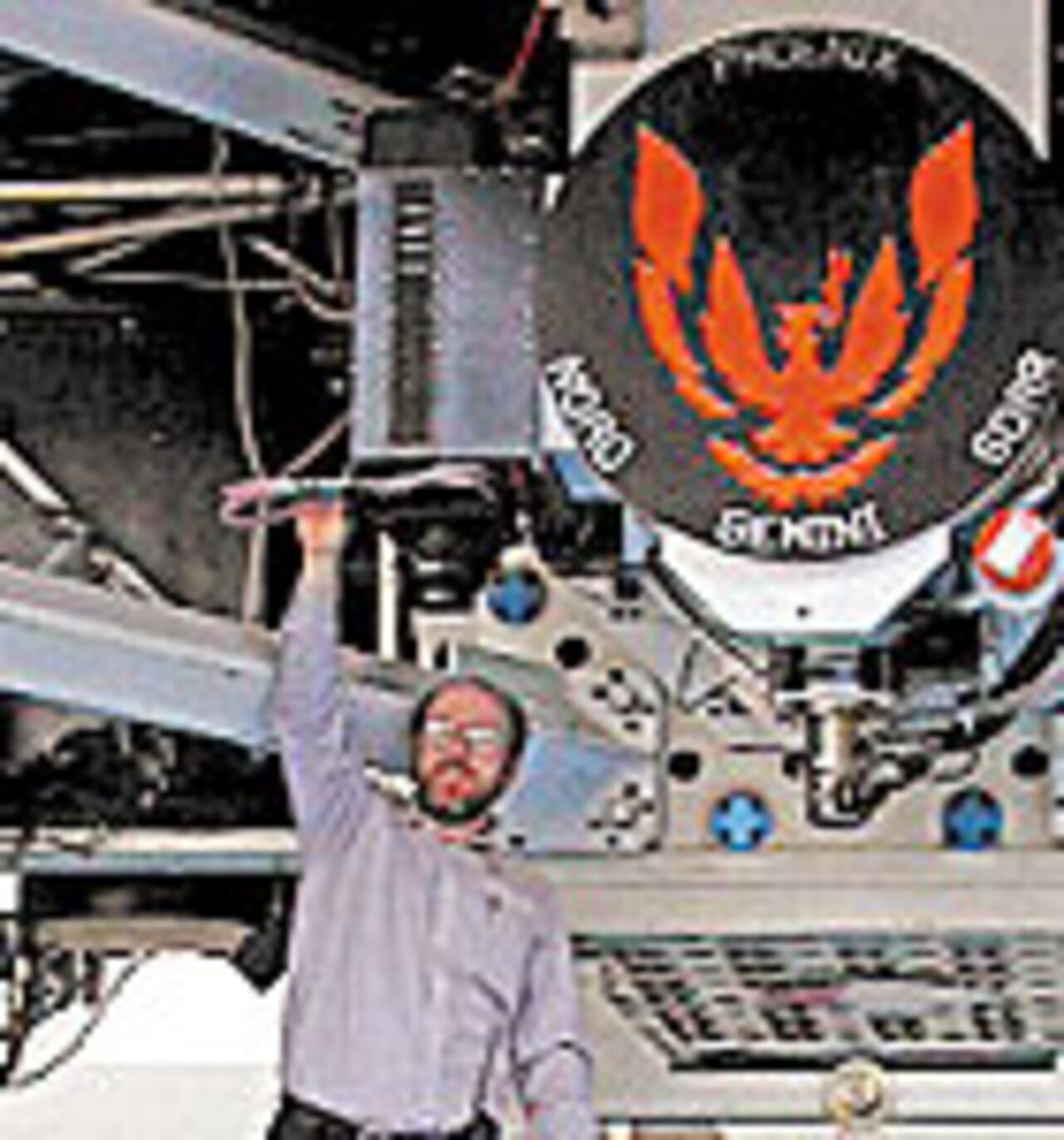Formation of Young Massive Stars Unshrouded
March 11, 2005

How do massive stars form? The time scale for massive star formation is much shorter than for low-mass stars. During the birth process, a massive core will form first and begin evolving (converting hydrogen to helium) while the larger protostar is still accreting material. Like their lower-mass cousins, massive stellar objects are obscured by overlying envelopes of gas and dust during their formation which makes this stage of massive star formation a challenge to observe.
Despite the difficulty of discerning the massive cores as they form, progress is being made on both theoretical and observational fronts. New, large-aperture ground-based telescopes (like Gemini) are providing capabilities which allow astronomers to look much farther away to study more of these rare massive stars in their formative stages and evolve in their birth environments.
An international team including Robert Blum (CTIO), Peter Conti (JILA), Augusto Damineli, Elysandra Figuerêdo, and Cássio Barbosa (University of São Paulo) has been working on a program to study massive star birth in giant galactic HII (GHII) regions such as NGC 3576 in Carina. The combination of Gemini sensitivity and Phoenix spectral resolution (see sidebar) has allowed the team to observe a set of objects toward several GHII regions and search for kinematic clues to the circumstellar geometry of newly forming massive stars.
These Gemini South/Phoenix observations clearly show strong evidence for an accretion process in massive stars (Figure). Each of the candidate Massive Young Stellar Objects (MYSO) was observed in the carbon monoxide (CO) 2-0 first overtone bandhead (2.3 microns) and in the line of ionized Hydrogen at 2.17 microns (Br gamma). These features previously had been observed at lower spectral resolution in each of the candidates, but the high spectral resolution Gemini/Phoenix observations give the best kinematic clues to the circumstellar environments of these MYSOs.
Similar conclusions have been reached recently by Bik and Thi using somewhat lower spectral resolution data from the ESO VLT and also by Barbosa et al., using a different technique with Gemini/OSCIR observations in 2003.
The team recently migrated the low-resolution spectroscopic observations used to identify candidates for high resolution followup to Gemini North, using NIRI and its grism capability in order to search for accretion signatures in more distant star-forming clusters. For the first time, the team has identified a source with a composite mid O-type (M~/>50 Msun) and CO emission spectrum. They are planning Phoenix/Gemini South observations of this source to see if it contains the telltale signature of rotational kinematics in its CO profile.

